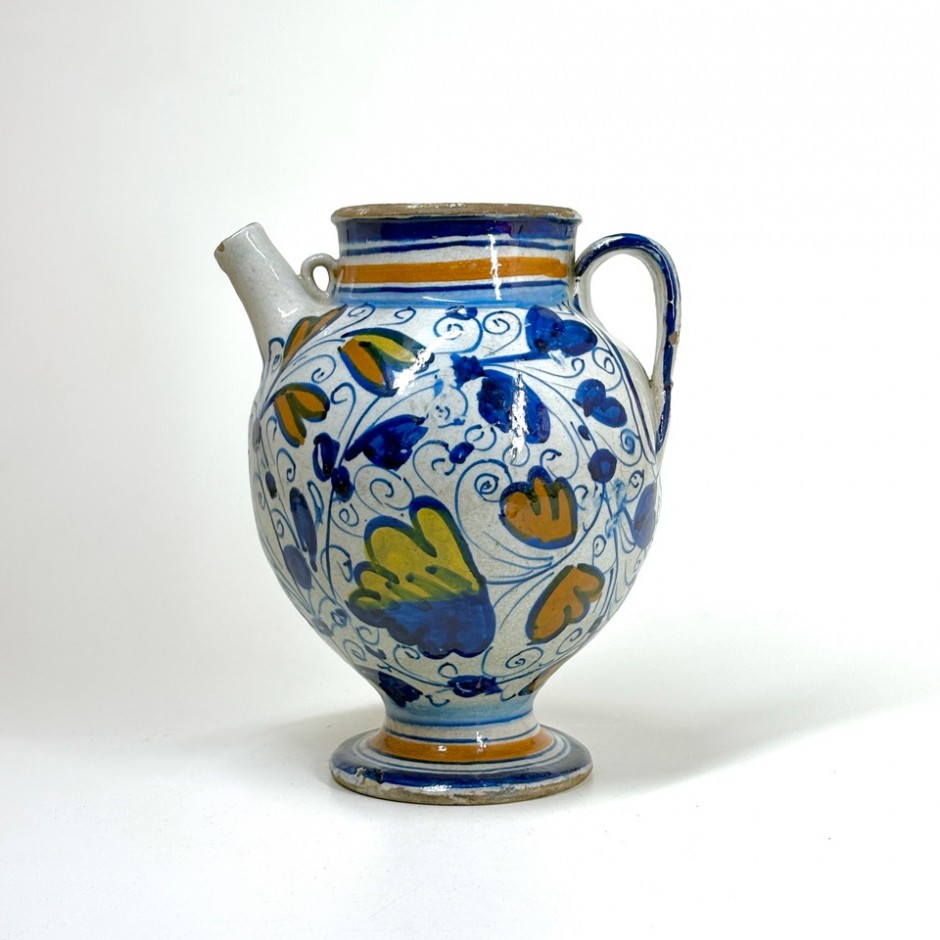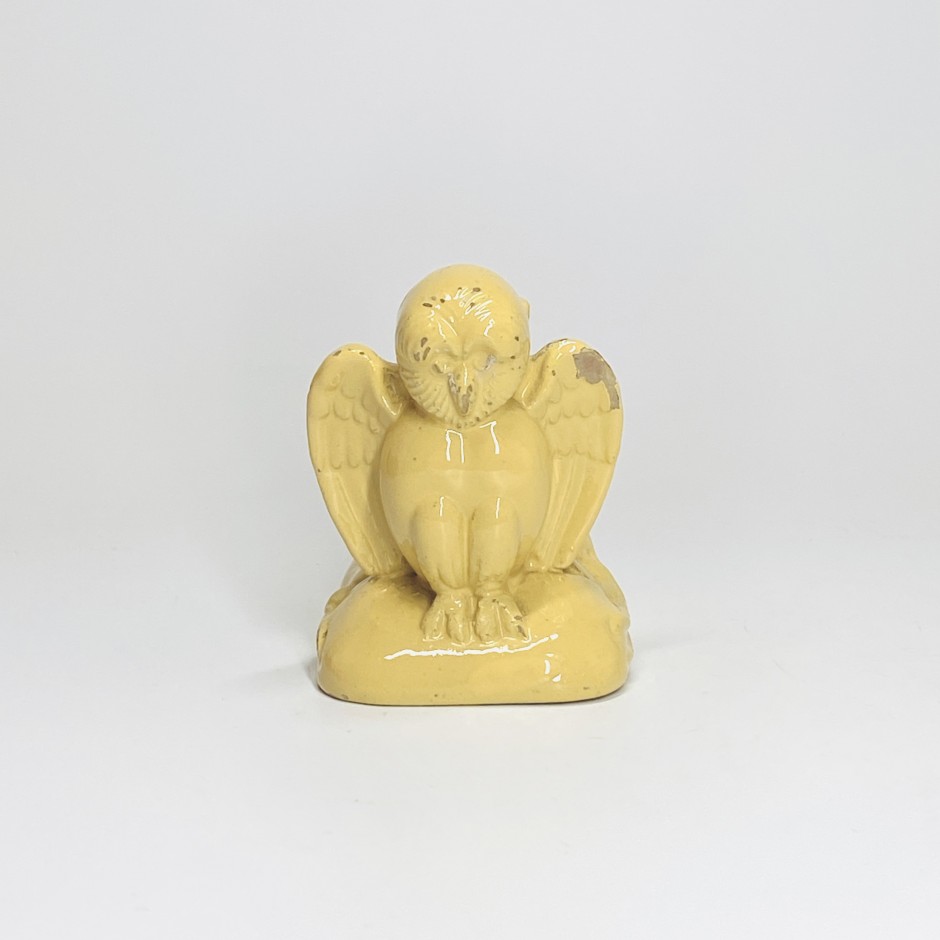Toulouse - Small vase or inkwell in the shape of an...
Small vase or inkwell in the shape of an earthenware owl from Toulouse, wings outstretched, leaning against a tree trunk, with yellow enamel decoration - Nineteenth century
150,00 € 220,00 €Reduced price!Japanese porcelain plate - Edo period - early...
Porcelain plate of Arita decorated in blue under a lacustrine landscape, pagoda on a mountainous background, border decorated with geometric patterns and waves. Japan, Arita - Edo period
70,00 € 120,00 €












